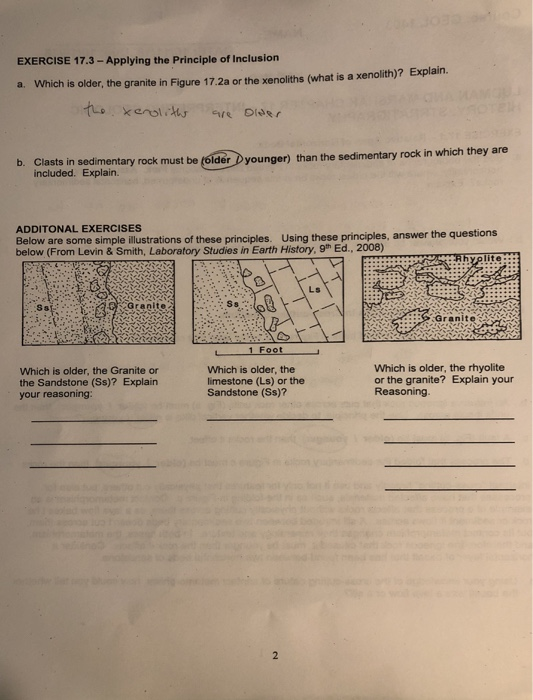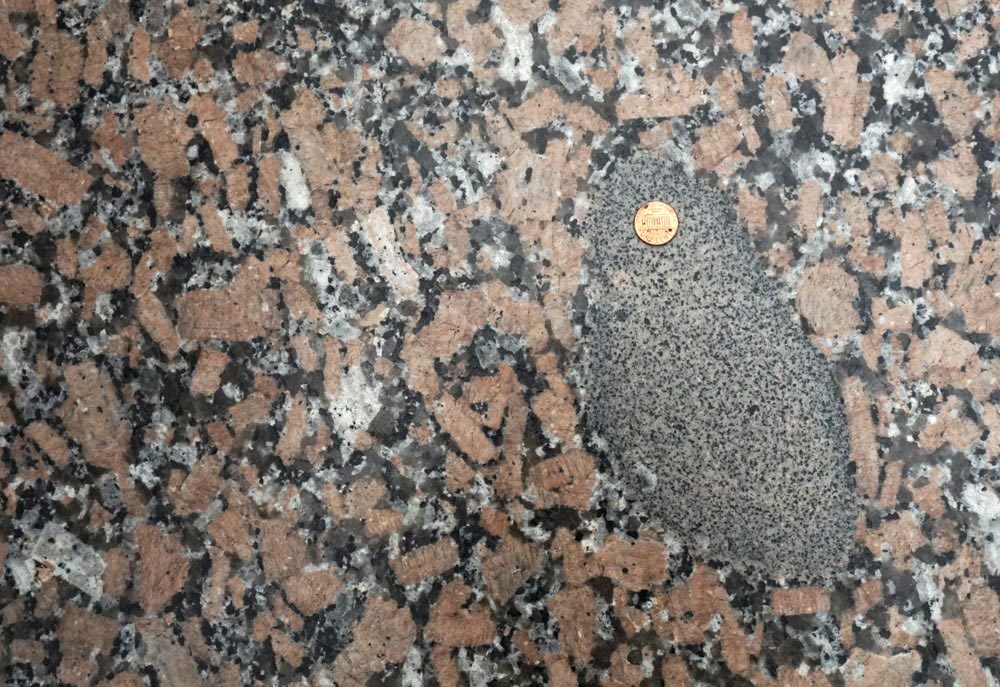The Principles Of Inclusion Granite

Fragments of a rock unit xenolith meaning foreign rock which are included in another host rock unit must be older than the host rock.
The principles of inclusion granite. Fluid inclusion types and morphology microscopy of 51 thick sections of stripa granite revealed that aqueous inclusions are dominant in quartz. Strength lies in difference not in similarities wrote steven covey author of the 7 habits of highly effective people. Contact between kersantite rare fine grained igneous rock that contains phenocrysts of phlogopite with other mafic minerals and also feldspars. Both one phase aqueous solution and two phase aqueous solution and gas bubble inclusions were observed although one phase inclusions tended to dominate.
Which is older the granite in figure 17 2a on p. Granite has poor primary permeability overall but strong secondary permeability through cracks and fractures if they are present. As seen from the figure a b b a a b is the same as a b. If a and b are subsets of universal set s then a b b a and a b are disjoint sets.
This may occur in sedimentary environments where pieces of. 435 of your lab manual or the xenoliths. The principle of inclusions states that inclusions found in other rocks or formations must be older than the rock that contain them. An underlying idea behind pie is that summing the number of elements that satisfy at least one of two categories and subtracting the overlap prevents.
And 130 years later an inclusive workforce underpinned by diverse perspectives remains critical to the success of. 1 principle of inclusion exclusion. The principle of inclusion and exclusion pie is a counting technique that computes the number of elements that satisfy at least one of several properties while guaranteeing that elements satisfying more than one property are not counted twice. This is actually pure logic and it can be applied not only in geology but it is especially useful for geologists.











































